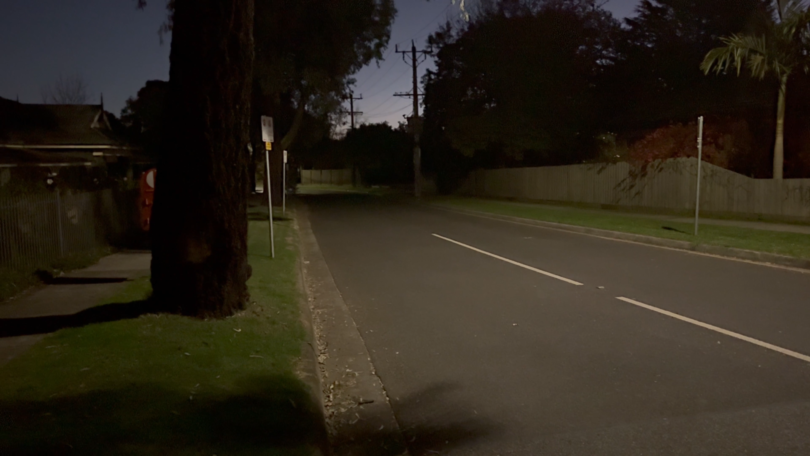Aiia Maasarwe was raped and murdered after she got off a tram in Bundoora on her way home from a comedy show in the city.
At the time, then Premier Daniel Andrews said “nothing will change until we change”. His deputy, Jacinta Allan, said we “all have to work very, very hard to ensure women can feel safe in our community”. In light of the continued discussions on violence against women, the state government has commissioned research on how to help improve public transport safety for girls and women.
The research was a collaboration between La Trobe University, RMIT University, and the XYX Lab at Monash University. The team, labelled TramLab, complied a report and designed four toolkits for governments, public transport service providers and policy makers, and related organisations. The four comprehensive toolkits were released in 2020 and have even won government awards in design and had their objectives highlighted.
But the “substantive report” is nowhere to be found. The Report On Improving the Safety of Women and Girls on Public Transport has not been released for the public to view.
For all that talk and political grandstanding after Ms Maasarwe’s death five years ago, Dr Jessica Ison, a researcher on the project, feels the government has not done enough.
“The funding came out of that with a real promise to do something about this issue.
“It’s a real disappointment that the government hasn’t taken it up and isn’t implementing our recommendations, but will keep trying to push for that.”

Protective service officers, often called PSOs, are recent additions to the transport network. PSOs patrol 97 per cent of Melbourne’s metropolitan stations after dark until the last train, and staff major stations all night long on weekends. They were introduced in the early 2010s, long before the TramLab project was commissioned, and they have already had their impact but it is not enough.
The Report on Government Services (RGS), an annual report published by the Commonwealth, found only 32.6 per cent of Victorians feel safe on public transport after dark. Up nine percentage points from 2014, when PSOs were rolled out.
Lauren Richardson is a university student who works in hospitality and frequently uses Bayswater Station in Melbourne’s outer east. The station is clean and modern, with excellent access to major roads, connections to other forms of public transport, bicycle paths, and a nearby shopping centre.
In the last ten years, the station has undergone a complete makeover. The entrance was fully rebuilt, two level crossings were removed, and the entire area received improved lighting and accessibility. However, not everyone feels safe.
Lauren prefers to use the station during daylight and is hesitant to use it at night. She feels nervous when alone after dark, as the PSOs are not always visible, and there are no nearby police stations.
While Bayswater Station was designed and built long before the TramLab project was enlisted, the state government continues to invest heavily in infrastructure.
Dr Ison said there is currently little political motivation for the state government to fully embrace the report and toolkits.
“The government doesn't want to give that commitment, because it's not only just a lot of money, but it's a very big undertaking, and doesn't give big political wins.”
Only time will tell if these recommendations are taken onboard for future projects big and small.





